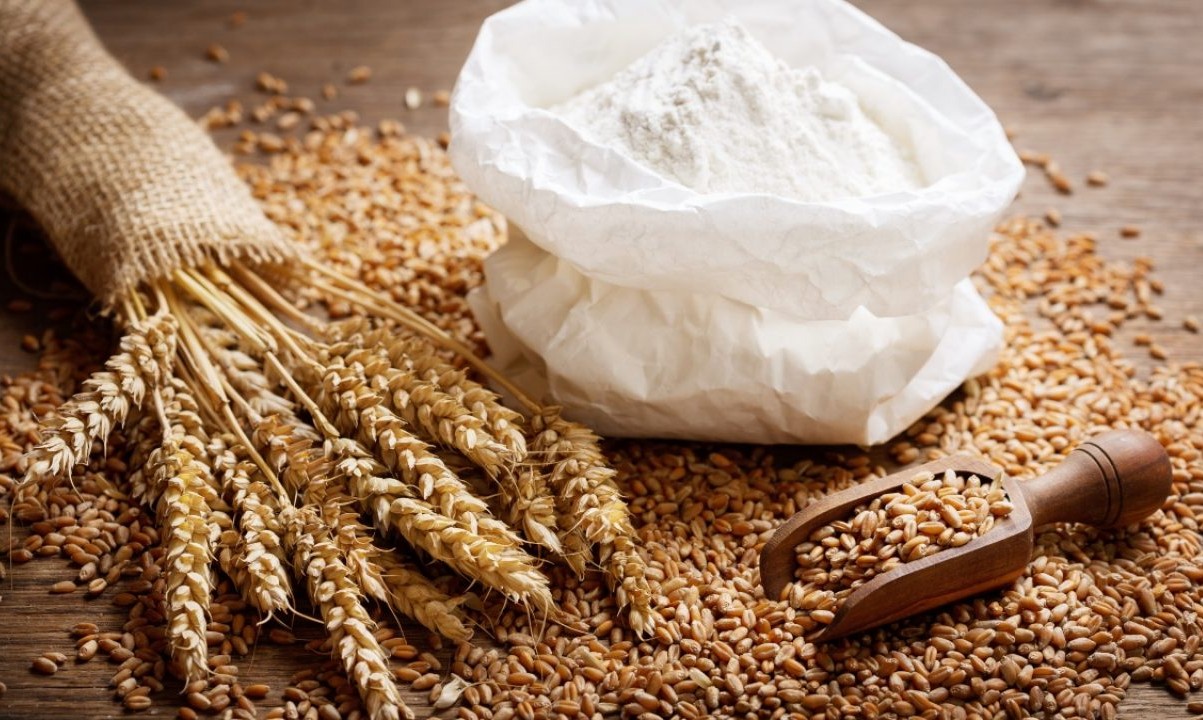
Frumento might sound like a fancy word, but it's just another name for wheat. This grain has been a staple in human diets for thousands of years. Did you know that wheat was first cultivated around 9600 BCE in the Fertile Crescent? It's not just for bread; wheat is used in pasta, pastries, and even beer. Wheat comes in different types, like hard and soft, each suited for various culinary uses. Fun fact: One bushel of wheat can make about 70 loaves of bread! From ancient civilizations to modern kitchens, wheat has played a crucial role in feeding the world. Ready to learn more? Let's dive into 30 fascinating facts about this essential grain.
What is Frumento?
Frumento, also known as wheat, is a staple grain that has been cultivated for thousands of years. It plays a crucial role in human diets and agriculture worldwide. Here are some fascinating facts about this essential crop.
- Wheat is one of the oldest cultivated crops, dating back to around 9600 BCE.
- There are over 25,000 different varieties of wheat grown globally.
- Wheat is classified into two main types: hard and soft. Hard wheat is used for bread, while soft wheat is used for pastries and cakes.
- The scientific name for wheat is Triticum.
- Wheat is grown on more land area than any other food crop.
Nutritional Value of Frumento
Wheat is not just a versatile ingredient; it is also packed with essential nutrients that benefit human health. Let's explore its nutritional profile.
- Wheat is a rich source of carbohydrates, providing energy for daily activities.
- It contains essential vitamins like B1, B3, and B5, which help in energy metabolism.
- Wheat is high in dietary fiber, aiding in digestion and preventing constipation.
- It also contains minerals like iron, magnesium, and zinc, which are vital for various bodily functions.
- Whole wheat is more nutritious than refined wheat, as it retains the bran and germ.
Historical Significance of Frumento
Wheat has played a pivotal role in the development of human civilization. Its cultivation and trade have shaped economies and societies.
- The ancient Egyptians were among the first to cultivate wheat on a large scale.
- Wheat was a staple food in the Roman Empire, often used to make bread and porridge.
- The introduction of wheat to the Americas by European settlers revolutionized agriculture in the New World.
- Wheat has been a symbol of fertility and prosperity in various cultures.
- The Green Revolution in the mid-20th century significantly increased wheat production, helping to alleviate hunger in many parts of the world.
Frumento in Modern Agriculture
Modern farming techniques have transformed wheat cultivation, making it more efficient and sustainable.
- Wheat is grown in diverse climates, from temperate regions to arid areas.
- The use of genetically modified wheat has increased yields and resistance to pests.
- Precision agriculture techniques, like GPS and drones, are used to monitor and manage wheat fields.
- Crop rotation with legumes helps maintain soil fertility and reduce the need for chemical fertilizers.
- Organic wheat farming is gaining popularity due to consumer demand for sustainable and chemical-free products.
Culinary Uses of Frumento
Wheat is incredibly versatile in the kitchen, used in a wide range of dishes and products.
- Wheat flour is the main ingredient in bread, pasta, and pastries.
- Bulgur, made from cracked wheat, is a staple in Middle Eastern cuisine.
- Wheat berries can be cooked and added to salads or soups for a nutritious boost.
- Wheat gluten, also known as seitan, is a popular meat substitute in vegetarian and vegan diets.
- Wheat bran is often added to cereals and baked goods for extra fiber.
Economic Impact of Frumento
Wheat is not just a food source; it is also a significant economic commodity that impacts global markets.
- Wheat is one of the most traded agricultural products in the world.
- Major wheat-producing countries include China, India, Russia, and the United States.
- The price of wheat can be affected by factors like weather conditions, political instability, and global demand.
- Wheat futures are traded on commodity exchanges, allowing farmers and investors to hedge against price fluctuations.
- The wheat industry provides employment for millions of people, from farmers to millers to bakers.
Final Thoughts on Frumenty
Frumenty, a dish with deep historical roots, offers a fascinating glimpse into culinary traditions. From its humble beginnings as a simple grain porridge to its evolution into a festive treat, frumenty has stood the test of time. Its versatility allowed it to be enjoyed by both peasants and nobility, making it a true staple in medieval cuisine.
Understanding frumenty's ingredients and preparation methods reveals much about the dietary habits of past societies. Whether served sweet or savory, this dish showcases the resourcefulness and creativity of cooks from centuries ago.
Exploring frumenty not only enriches our knowledge of food history but also connects us to the cultural practices of our ancestors. So next time you think about trying something new in the kitchen, consider whipping up a batch of frumenty. You might just find yourself enjoying a taste of history.
Was this page helpful?
Our commitment to delivering trustworthy and engaging content is at the heart of what we do. Each fact on our site is contributed by real users like you, bringing a wealth of diverse insights and information. To ensure the highest standards of accuracy and reliability, our dedicated editors meticulously review each submission. This process guarantees that the facts we share are not only fascinating but also credible. Trust in our commitment to quality and authenticity as you explore and learn with us.
